Bringing home a pet turtle opens the door to a fascinating world of reptile companionship. However, unlike furry pets, turtles have specific environmental needs that directly impact their health and longevity. Among these requirements, water quality stands as perhaps the most critical yet misunderstood aspect of turtle care. Many new turtle owners, excited about their shell-bearing friends, inadvertently create unhealthy aquatic environments that can lead to serious health issues or even premature death. The crystalline waters of pet store displays rarely reveal the complex maintenance behind the scenes, leaving many owners unprepared for the reality of turtle keeping. This article explores the common water quality mistakes that new turtle owners make and provides practical solutions to help your aquatic friend thrive in a clean, balanced environment.
Underestimating Filtration Requirements
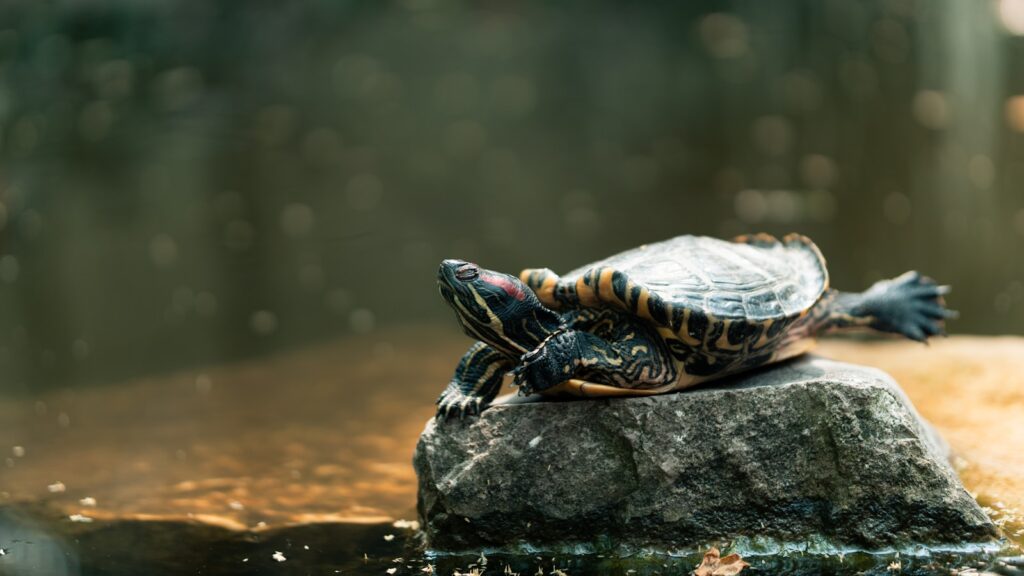
One of the most prevalent mistakes new turtle owners make is purchasing inadequate filtration systems that simply cannot handle the bioload turtles produce. Unlike fish, turtles are extraordinarily messy creatures that eat, defecate, and shed in their water, creating an enormous filtration challenge. Many beginners select filters designed for fish tanks of equivalent size, not realizing that turtle tanks require filtration rated for tanks 2-3 times larger than their actual volume. This misconception often leads to rapidly deteriorating water conditions, with ammonia levels rising to dangerous levels within days rather than weeks. Experienced turtle keepers recommend canister filters with multiple media types to handle both mechanical and biological filtration, with the filter rated for at least twice the actual water volume in the enclosure.
Ignoring the Nitrogen Cycle

Many new turtle owners fail to understand or properly establish the nitrogen cycle in their turtle’s habitat, leading to toxic water conditions. The nitrogen cycle involves beneficial bacteria that convert highly toxic ammonia from waste into less harmful nitrites and eventually into relatively safe nitrates. Without an established colony of these beneficial bacteria, ammonia levels can quickly spike to lethal levels. Unfortunately, many beginners add their turtles to newly set up tanks without cycling them first, essentially forcing their pets to live in their own toxic waste. Properly cycling a tank before introducing turtles can take 4-6 weeks, requiring patience and regular water testing to monitor ammonia, nitrite, and nitrate levels throughout the process. Even after the cycle is established, regular water changes remain necessary to remove accumulated nitrates that the bacteria cannot process further.
Maintaining Inadequate Water Volume
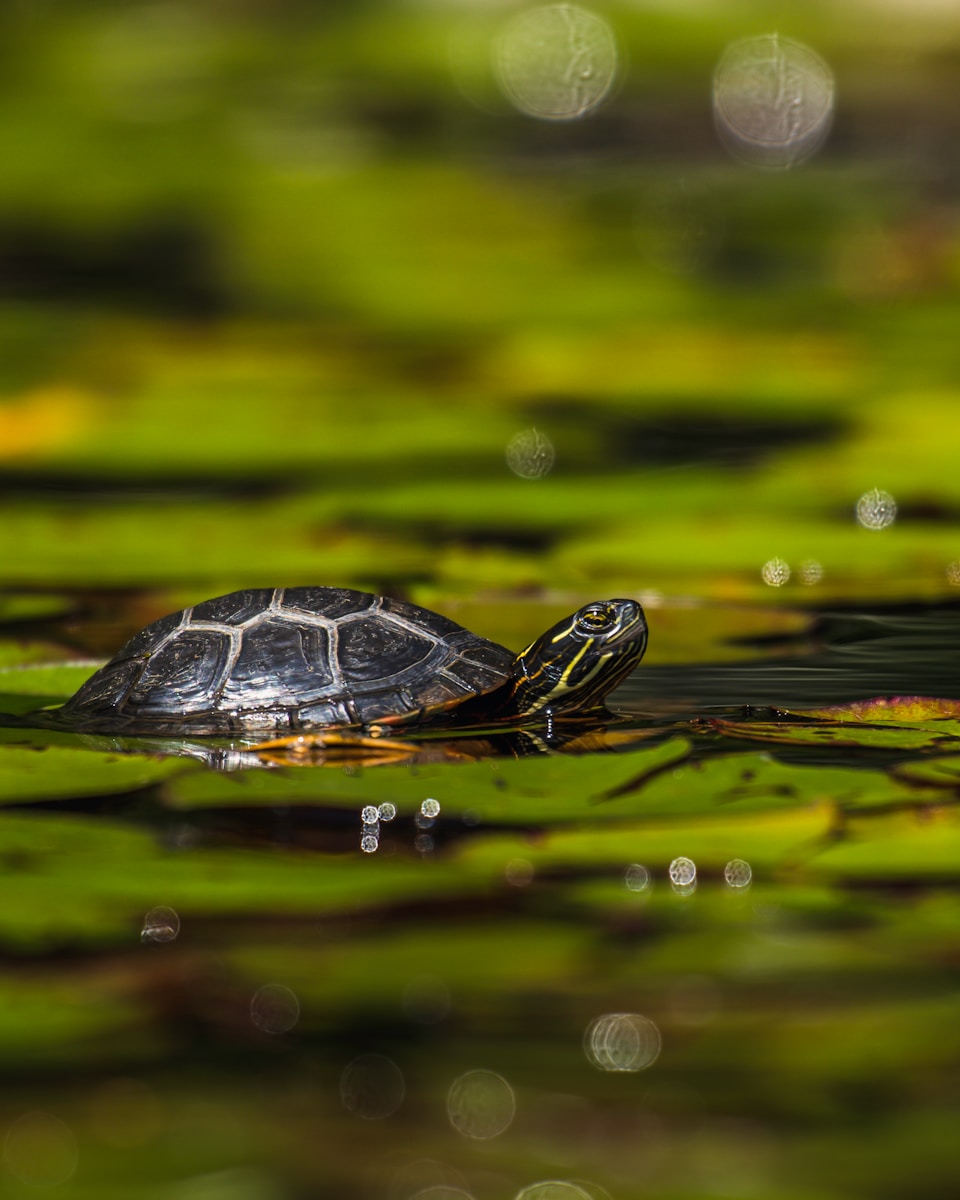
A surprising number of new turtle owners keep their aquatic turtles in water that’s too shallow, often based on outdated care information or misconceptions about turtle needs. Species like Red-Eared Sliders, Painted Turtles, and Map Turtles are highly aquatic and require deep water to swim, exercise, and maintain proper shell and muscle development. The general rule for water depth is at least 1.5 times the turtle’s shell length, allowing them to fully flip over if they end up on their backs and to swim naturally. Shallow water not only restricts natural behaviors but also concentrates waste products more quickly, creating a more toxic environment. Additionally, inadequate water volume means less dilution of waste products, making maintaining water quality exponentially more difficult and requiring more frequent water changes and maintenance.
Performing Infrequent Water Changes
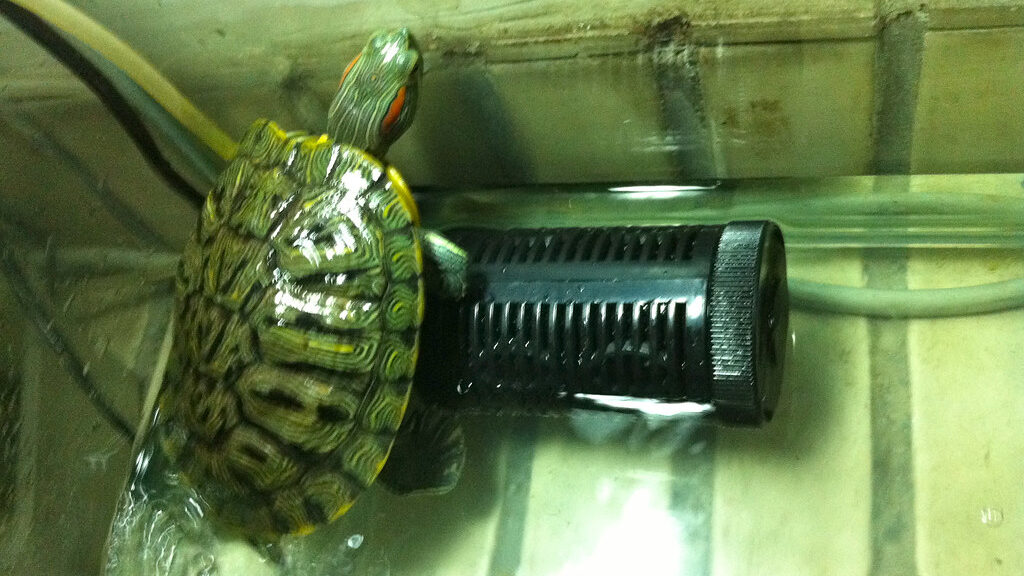
Many new turtle keepers drastically underestimate how frequently they need to change their turtle’s water, leading to chronically poor water quality. Even with excellent filtration, turtles produce so much waste that regular partial water changes are absolutely essential to maintaining a healthy habitat. The typical recommendation is a 25-30% water change weekly, with more frequent changes for smaller tanks or multiple turtles. Some owners mistakenly believe that if the water “looks clean,” it must be fine, not realizing that invisible dissolved waste products like nitrates continue to accumulate. Over time, these compounds can stress a turtle’s immune system, making them more susceptible to shell rot, respiratory infections, and other health problems. Consistent maintenance schedules, rather than reactionary cleaning when the water looks dirty, are crucial for long-term turtle health.
Using Inappropriate Cleaning Chemicals

The use of soap, detergents, or household cleaners when maintaining turtle habitats represents a dangerous mistake many beginners make. These products leave residues that can be toxic to turtles, causing chemical burns on sensitive tissues or internal damage if ingested during swimming. Even products marketed as “natural” or “eco-friendly” may contain ingredients harmful to reptiles. Similarly, water conditioners designed for fish may not address turtle-specific concerns like removing chloramines that can irritate their eyes. Specialized reptile habitat cleaners are available, but many experienced keepers simply use hot water for regular maintenance and a diluted vinegar solution (thoroughly rinsed) for more thorough cleanings. During deep cleans, having a separate container with dechlorinated water to house the turtle temporarily prevents exposure to potentially harmful cleaning processes.
Neglecting Water Temperature Management
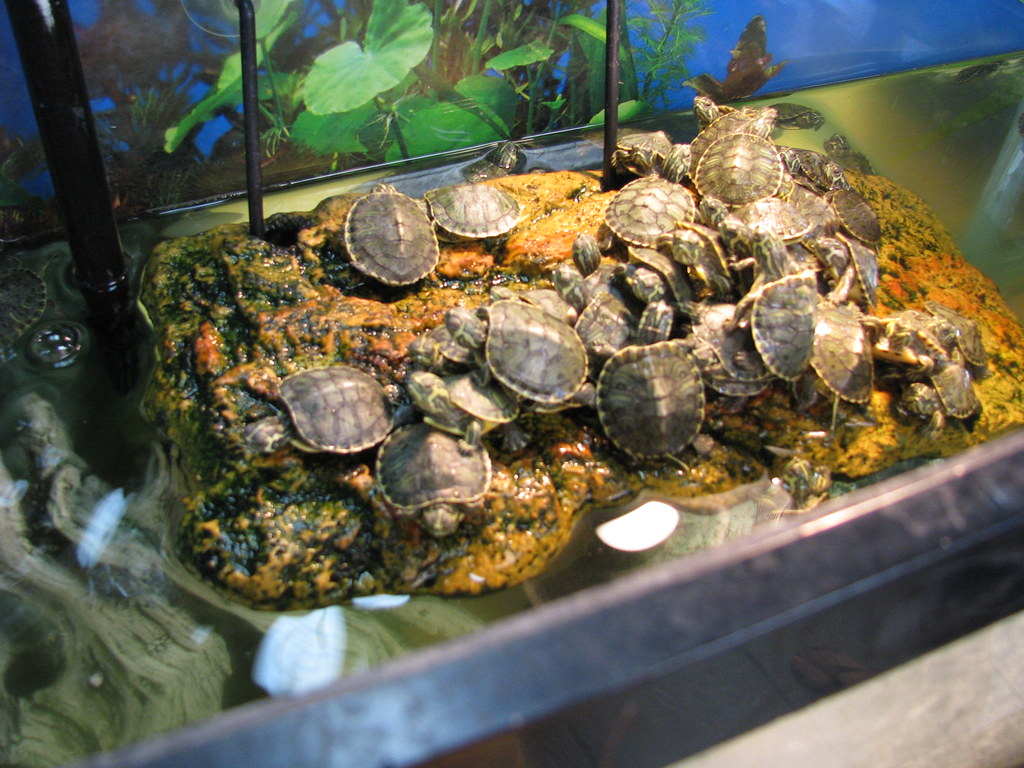
Water temperature plays a crucial role in turtle health, yet many new owners fail to monitor or maintain appropriate temperatures. As ectothermic animals, turtles rely on their environment to regulate their body temperature and metabolic functions. Water that’s too cold slows digestion and immune response, potentially leading to food rotting in the gut and subsequent infections. Conversely, water that’s consistently too warm speeds metabolism but reduces oxygen availability, stressing the turtle’s system. Most common pet turtle species thrive in water temperatures between 75-80°F (24-27°C), requiring a reliable aquarium heater with a thermostat and a separate thermometer to verify readings. Temperature fluctuations should be gradual, as sudden changes can shock a turtle’s system and potentially trigger illness, making proper heating equipment an essential investment rather than an optional accessory.
Misunderstanding Water Hardness and pH

While many new turtle keepers focus on removing visible waste, they often overlook crucial water chemistry factors like pH and hardness that significantly impact turtle health. Most aquatic turtles thrive in slightly alkaline water with a pH between 7.4 and 8.0, which helps promote proper shell development and prevents shell softening. Water that’s too acidic can literally dissolve turtle shells over time, leading to metabolic bone disease and shell deformities. Similarly, water hardness (the mineral content of water) affects a turtle’s ability to absorb calcium properly, with most species preferring moderately hard water. Using distilled or reverse osmosis water without remineralizing it removes essential minerals turtles need for shell development. Regular testing of pH and hardness using aquarium test kits allows owners to make necessary adjustments before problems develop.
Overfeeding Leading to Water Contamination
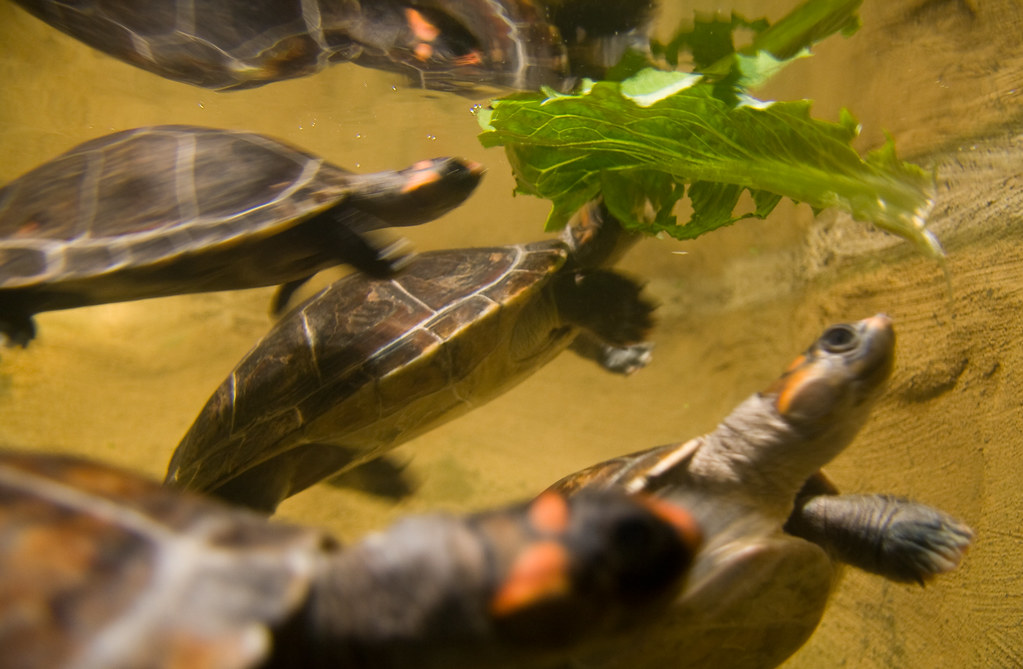
Excessive feeding ranks among the most common mistakes that directly impacts water quality in turtle habitats. Many new owners, delighted by their turtle’s enthusiastic feeding response, provide too much food or feed too frequently, not realizing that turtles will continue eating far beyond what they need. This overfeeding creates a dual problem: it leads to obesity in the turtle while simultaneously increasing waste production that quickly overwhelms filtration systems. Uneaten food particles decompose rapidly in warm water, spiking ammonia levels and clouding the water with bacterial blooms. A good practice is feeding juvenile turtles daily an amount roughly the size of their head, while adults typically require feeding only every 2-3 days. Feeding in a separate container can dramatically improve main tank water quality, though this requires additional handling which may stress some individuals.
Ignoring Signs of Poor Water Quality

New turtle owners often miss or misinterpret the warning signs that indicate deteriorating water conditions. Cloudy water, strong odors, algae overgrowth, and film on the water surface all signal problems with the nitrogen cycle or filtration inadequacy. Even more concerning is when turtles themselves display symptoms of poor water quality: swimming erratically, gasping at the surface, developing swollen or red eyes, or showing reduced appetite. Shell problems like retained scutes or soft spots may develop more slowly but often trace back to chronically poor water conditions. Perhaps most dangerous is when owners become gradually accustomed to declining water quality, failing to notice the incremental changes until conditions become severely compromised. Regular testing with aquarium test kits for ammonia, nitrite, nitrate, and pH provides objective measurements that can alert owners to problems before they become visible to the naked eye.
Using Improper Substrate Choices
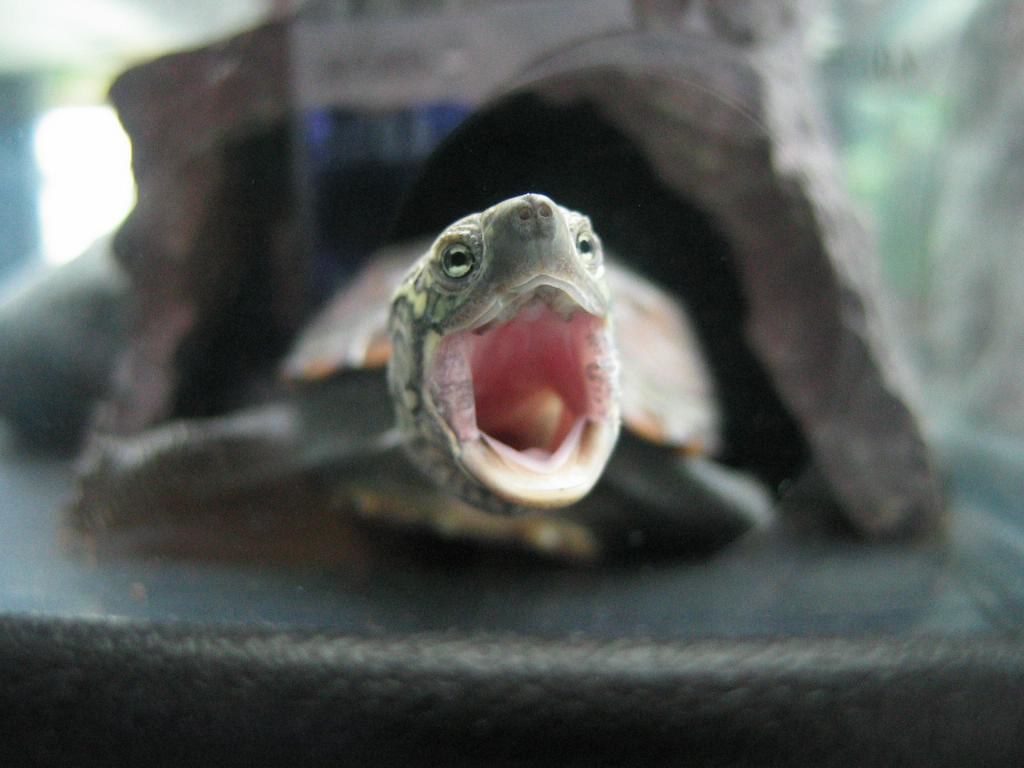
The choice of substrate in a turtle tank significantly impacts water quality, yet many beginners select aesthetically pleasing options that create maintenance nightmares. Small gravel, particularly pieces small enough for turtles to swallow but too large to pass through their digestive systems, can cause fatal impactions while simultaneously trapping food and waste particles that decompose and foul the water. Sand, while visually appealing, can clog filters and becomes problematic during cleaning as it easily clouds the water. Many experienced keepers recommend either a bare-bottom tank for easiest maintenance or large, smooth river rocks that are too big for turtles to swallow. For those who prefer a more natural look, larger gravel that exceeds the size of the turtle’s head minimizes ingestion risk while allowing waste to be siphoned from between the pieces during water changes. Regardless of substrate choice, regular vacuuming with an aquarium gravel cleaner is essential for removing trapped debris.
Overlooking Algae Management
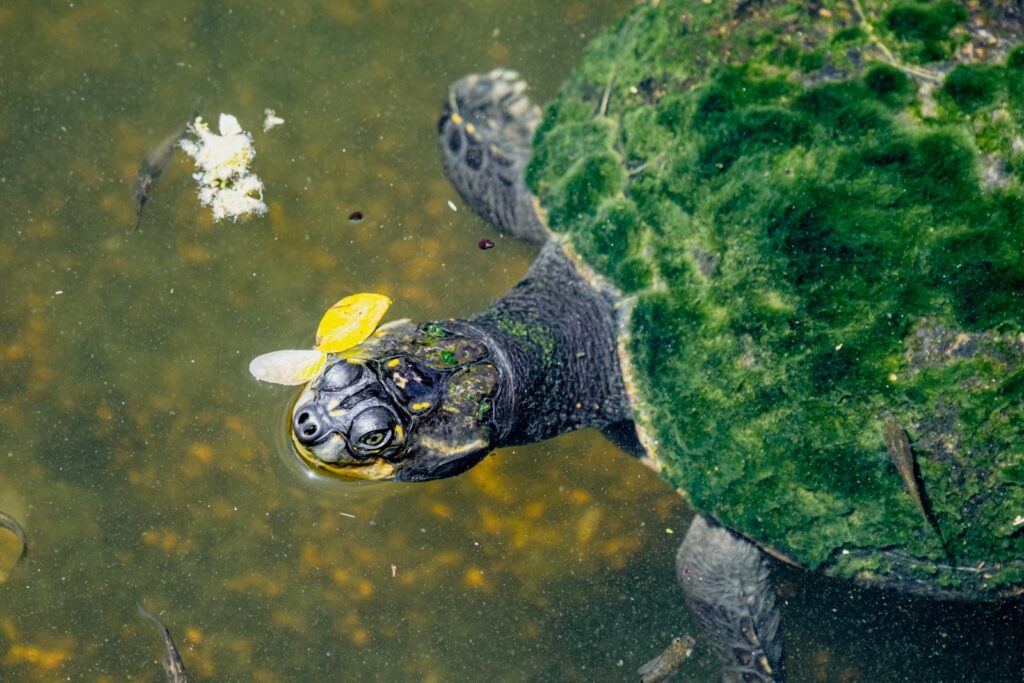
While not immediately harmful to turtles, excessive algae growth indicates underlying water quality issues that many new owners fail to address properly. Algae blooms typically result from excess nutrients (primarily phosphates and nitrates) combined with sufficient light exposure. Rather than treating the symptom by constantly scrubbing algae, successful turtle keepers focus on reducing the nutrient sources through improved filtration, regular water changes, and appropriate feeding regimens. Some owners mistakenly add algaecides to turtle tanks, not realizing these chemicals can harm turtles’ sensitive respiratory systems or eyes. A balanced approach includes reducing direct sunlight on the tank, implementing a consistent maintenance schedule, and potentially introducing safe live plants that compete with algae for nutrients. Certain algae-eating fish like plecostomus can coexist with some turtle species, though this requires careful species selection and monitoring to ensure the fish aren’t harassed.
Failing to Scale Care with Turtle Growth

Perhaps the most overlooked aspect of water quality management is how dramatically turtle needs change as they grow from tiny hatchlings to substantial adults. Many species commonly sold as cute, quarter-sized babies can reach 8-12 inches in shell length as adults, with correspondingly increased waste production. A filtration system and tank size appropriate for a juvenile turtle quickly becomes woefully inadequate as the animal matures. The common Red-Eared Slider, for instance, may grow from a 1-inch hatchling to a 12-inch adult female over several years, requiring a progression from a 20-gallon tank to potentially a 75-100 gallon habitat. Water quality problems often emerge when owners fail to upgrade equipment to match their growing turtle’s needs, resulting in a system constantly operating beyond its capacity. Responsible turtle keeping involves planning for the adult size from the beginning, including budgeting for progressively larger habitats and more powerful filtration as the animal matures.
Choosing Incompatible Tank Mates

Many new turtle owners attempt to create community tanks with fish or other turtles, inadvertently creating water quality disasters. Multiple turtles in undersized tanks produce exponentially more waste while competing for basking spots and food, leading to stress and potential aggression. Fish added to turtle tanks often end up as expensive live food, with their remains decomposing and spiking ammonia levels. Even compatible tank mates increase the overall bioload, requiring significantly more powerful filtration and maintenance than a single-turtle setup. When multiple species share a habitat, their different temperature, pH, and hardness preferences can create situations where water parameters suitable for one species stress another. If multiple turtles are desired, experienced keepers recommend increasing tank size beyond the minimum for each individual, providing multiple basking areas to reduce competition, and installing filtration rated for at least three times the actual water volume.
Conclusion

Maintaining proper water quality represents the foundation of successful turtle keeping, yet remains the aspect most fraught with misconceptions and challenges for beginners. The mistakes outlined above stem primarily from underestimating turtles’ unique needs compared to other aquatic pets. By investing in appropriate filtration, understanding the nitrogen cycle, providing adequate water volume, and committing to regular maintenance, new turtle owners can avoid these common pitfalls. Remember that healthy water creates healthy turtles—animals that can live decades with proper care. While the learning curve may seem steep initially, the reward is a fascinating, long-lived companion whose natural behaviors can be observed in a clean, balanced aquatic environment. With diligence and proper knowledge, even first-time turtle keepers can create thriving habitats that support these remarkable reptiles throughout their long lives.

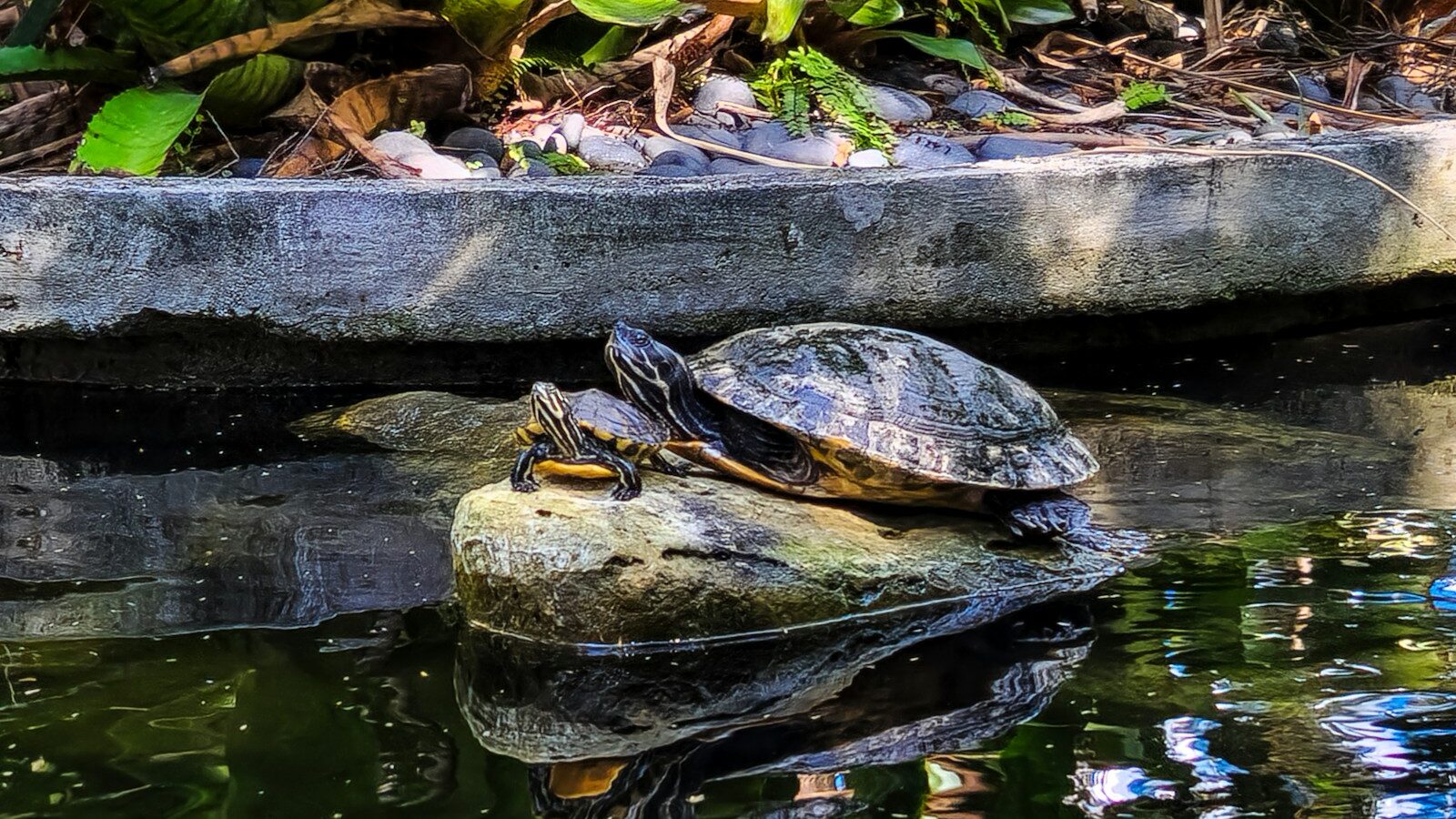
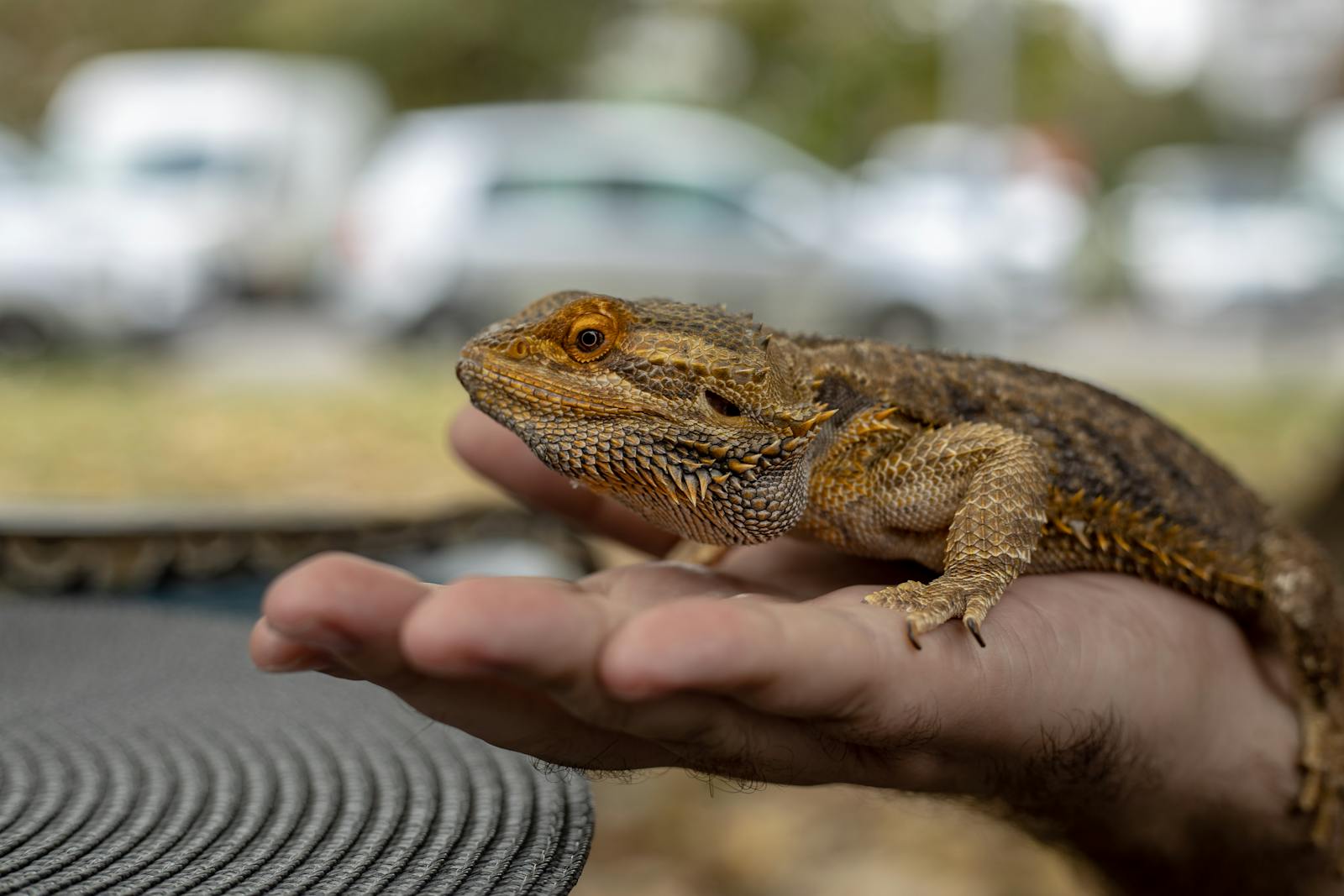
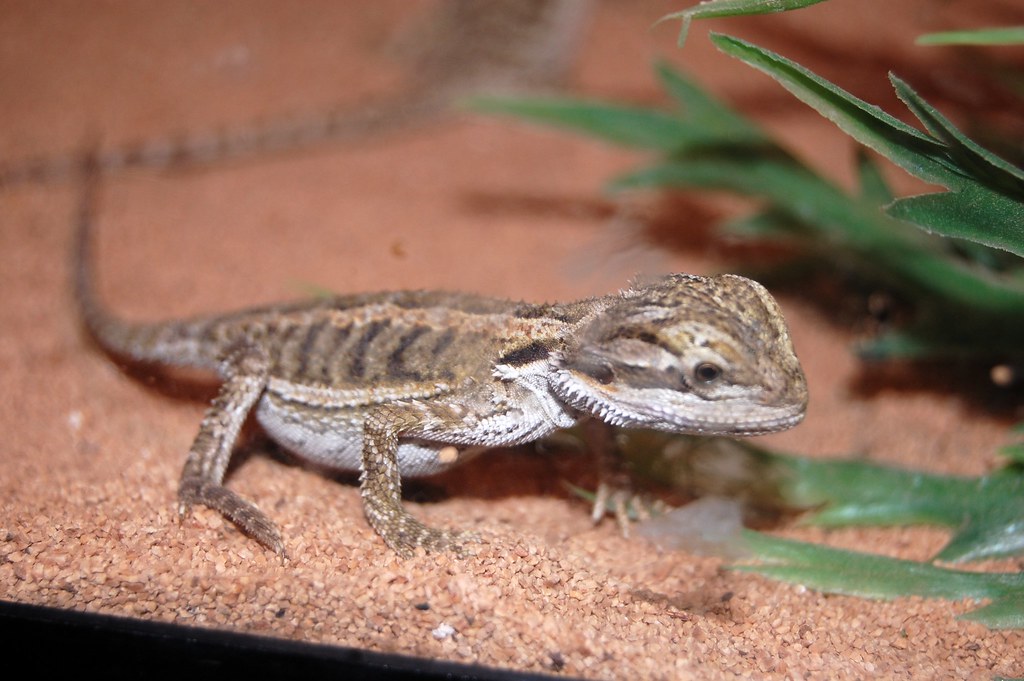
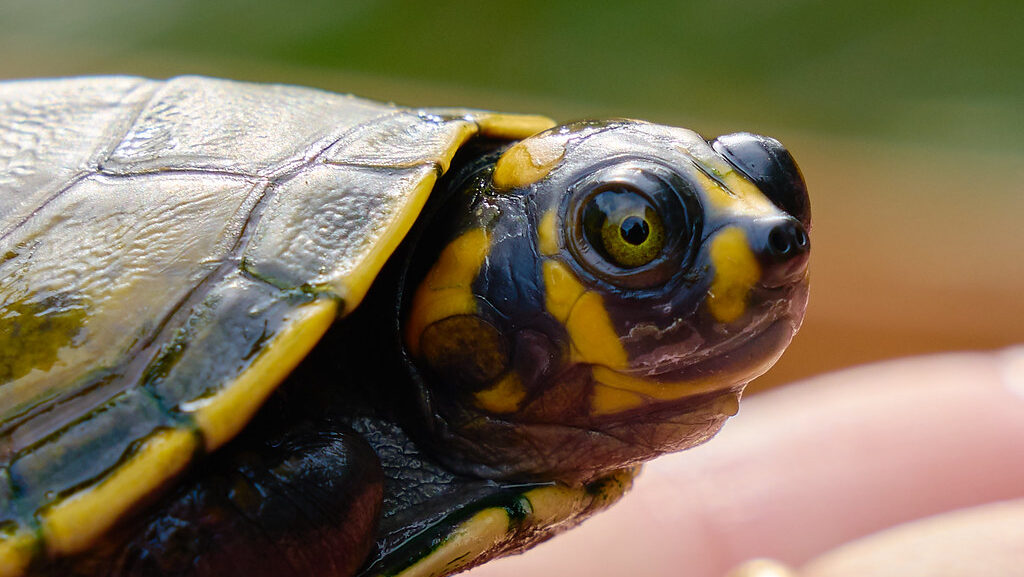
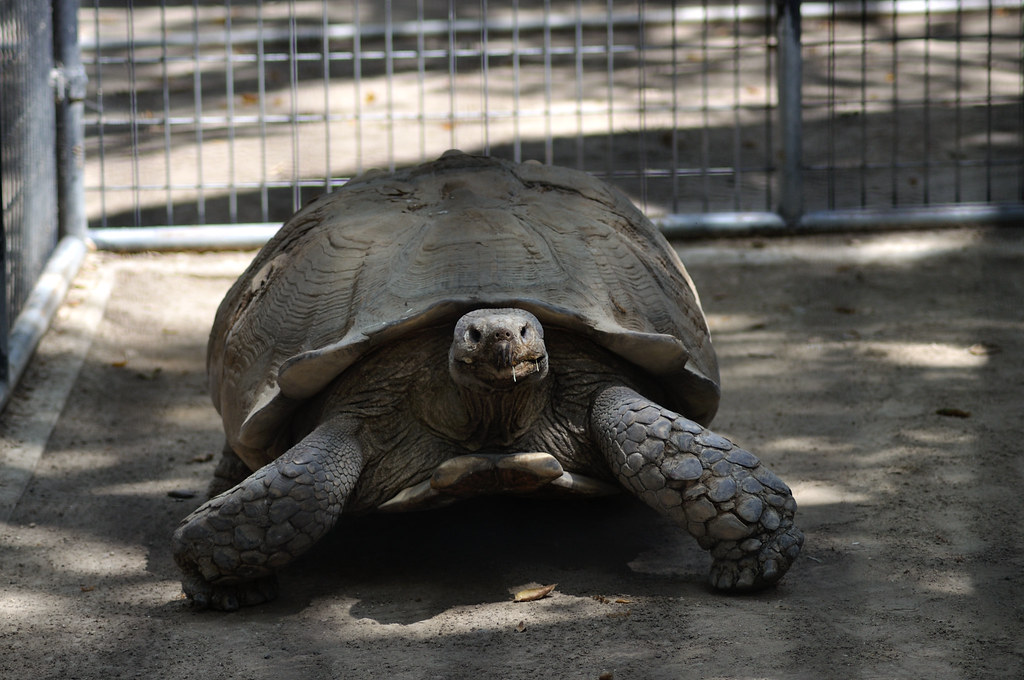
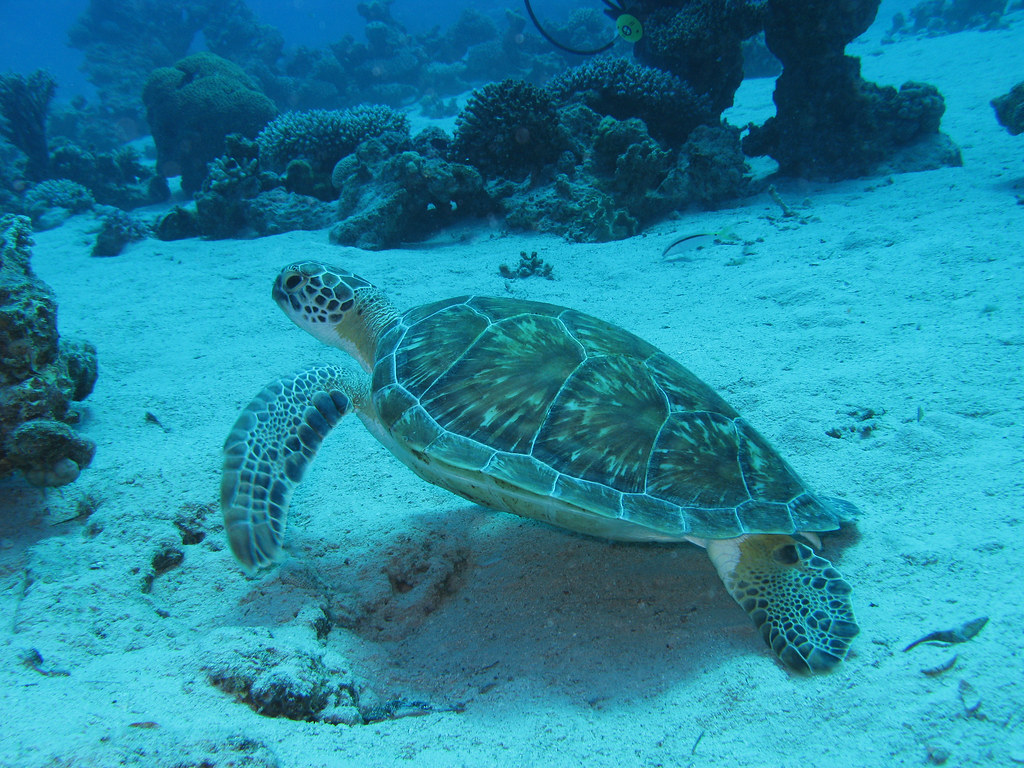
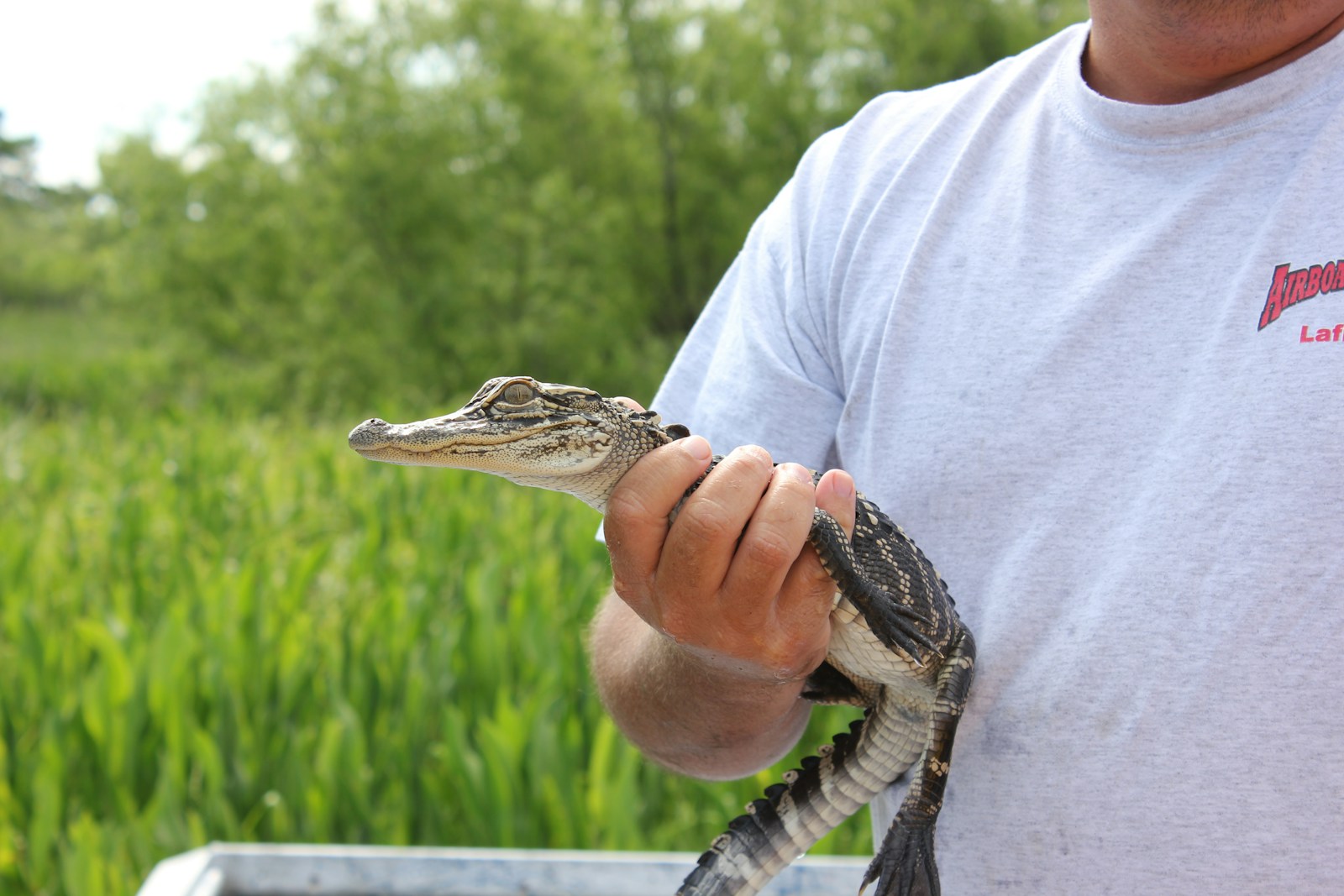

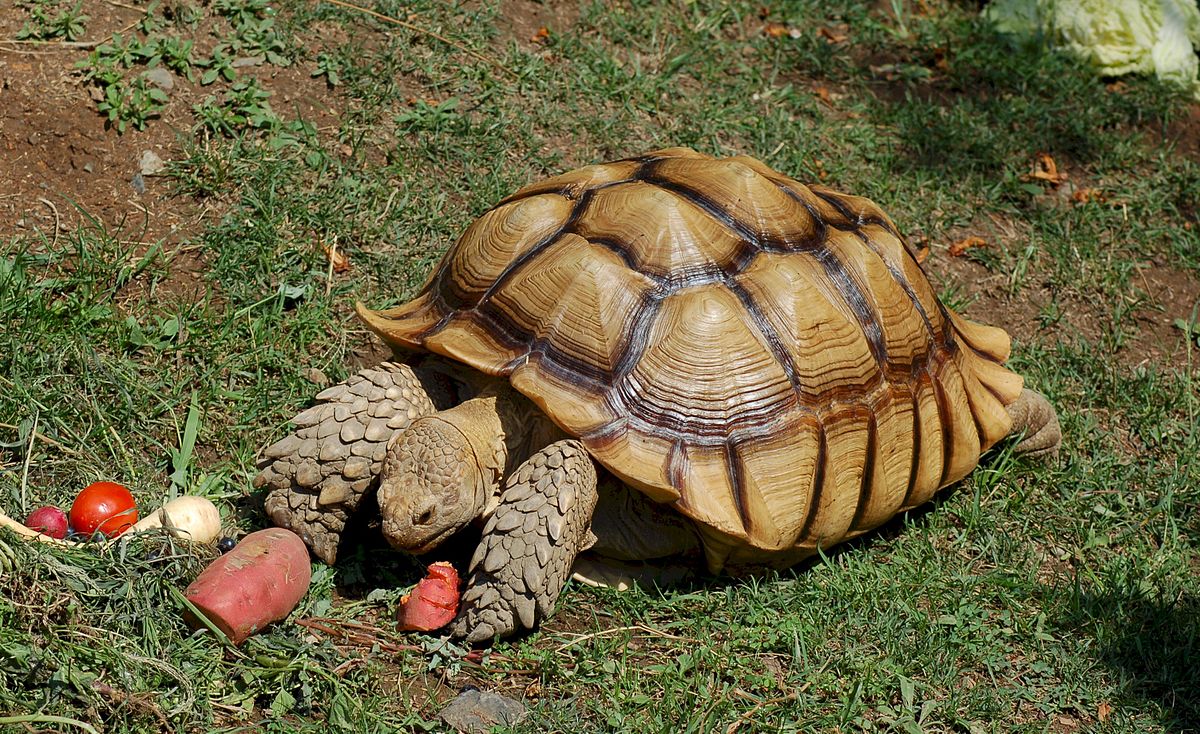
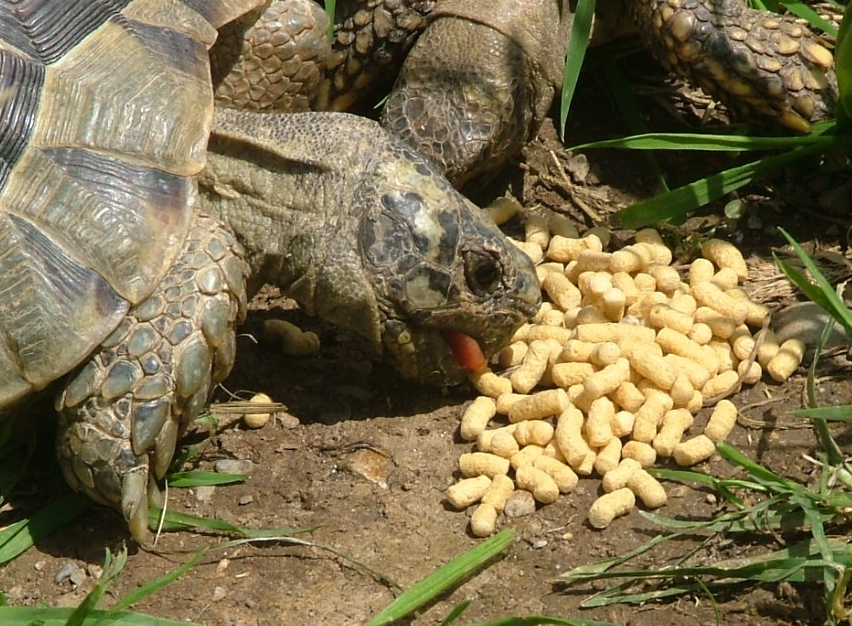





Leave a Reply